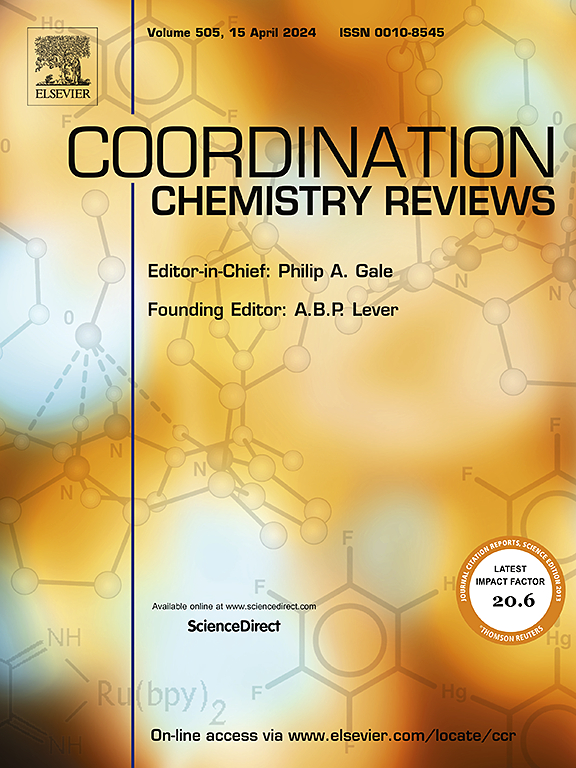Biocompatible lipid nanovehicles for preventive and therapeutic vaccine development
IF 20.3
1区 化学
Q1 CHEMISTRY, INORGANIC & NUCLEAR
引用次数: 0
Abstract
Vaccines are widely recognized as one of the most economical and time-efficient medical interventions. Lipid-based nanovehicles have emerged as transformative platforms in clinical applications due to their unique biocompatibility, precision-designed delivery efficacy, and scale-up accessibility for mass production. These nanovaccines are actively being developed for the prevention of infectious diseases and the immunotherapy for conditions such as cancers. This review provides a comprehensive overview of lipid-based nanovaccines, covering their material sources, classification of delivery vehicles, and unique advantages. Lipid-based nanovehicles are highlighted for their ability to enhance antigen stability, improve immune response precision, and enable diverse administration routes, including intramuscular, subcutaneous, oral, and inhalation methods. Additionally, lipid-based nanovaccines in the aspect of clinical application are discussed, emphasizing their potential in the optimization of immune responses, reducing adverse effects, and overcoming physiological barriers. The development of lipid-based nanovaccines faces some challenges, including balancing safety, efficacy, and production scalability. Therefore, further strategies, such as targeted delivery, intelligent controlled release, and adjuvant incorporation, crucially contribute to the advancement of preventive and therapeutic vaccines.

用于预防和治疗性疫苗开发的生物相容性脂质纳米载体
疫苗被广泛认为是最经济和最省时的医疗干预措施之一。由于其独特的生物相容性、精确设计的递送效率和大规模生产的可及性,基于脂质的纳米载体已成为临床应用的变革性平台。目前正在积极开发这些纳米疫苗,用于预防传染病和癌症等疾病的免疫治疗。本文综述了基于脂质的纳米疫苗,包括其材料来源,运载工具的分类和独特的优势。脂质纳米载体因其增强抗原稳定性、提高免疫反应精度和实现多种给药途径(包括肌肉注射、皮下注射、口服和吸入方法)的能力而受到重视。此外,还讨论了脂质纳米疫苗在临床应用方面的潜力,强调了其在优化免疫反应、减少不良反应和克服生理障碍方面的潜力。脂质纳米疫苗的开发面临着一些挑战,包括平衡安全性、有效性和生产可扩展性。因此,进一步的策略,如靶向递送、智能控制释放和佐剂掺入,对预防和治疗性疫苗的发展至关重要。
本文章由计算机程序翻译,如有差异,请以英文原文为准。
求助全文
约1分钟内获得全文
求助全文
来源期刊

Coordination Chemistry Reviews
化学-无机化学与核化学
CiteScore
34.30
自引率
5.30%
发文量
457
审稿时长
54 days
期刊介绍:
Coordination Chemistry Reviews offers rapid publication of review articles on current and significant topics in coordination chemistry, encompassing organometallic, supramolecular, theoretical, and bioinorganic chemistry. It also covers catalysis, materials chemistry, and metal-organic frameworks from a coordination chemistry perspective. Reviews summarize recent developments or discuss specific techniques, welcoming contributions from both established and emerging researchers.
The journal releases special issues on timely subjects, including those featuring contributions from specific regions or conferences. Occasional full-length book articles are also featured. Additionally, special volumes cover annual reviews of main group chemistry, transition metal group chemistry, and organometallic chemistry. These comprehensive reviews are vital resources for those engaged in coordination chemistry, further establishing Coordination Chemistry Reviews as a hub for insightful surveys in inorganic and physical inorganic chemistry.
 求助内容:
求助内容: 应助结果提醒方式:
应助结果提醒方式:


